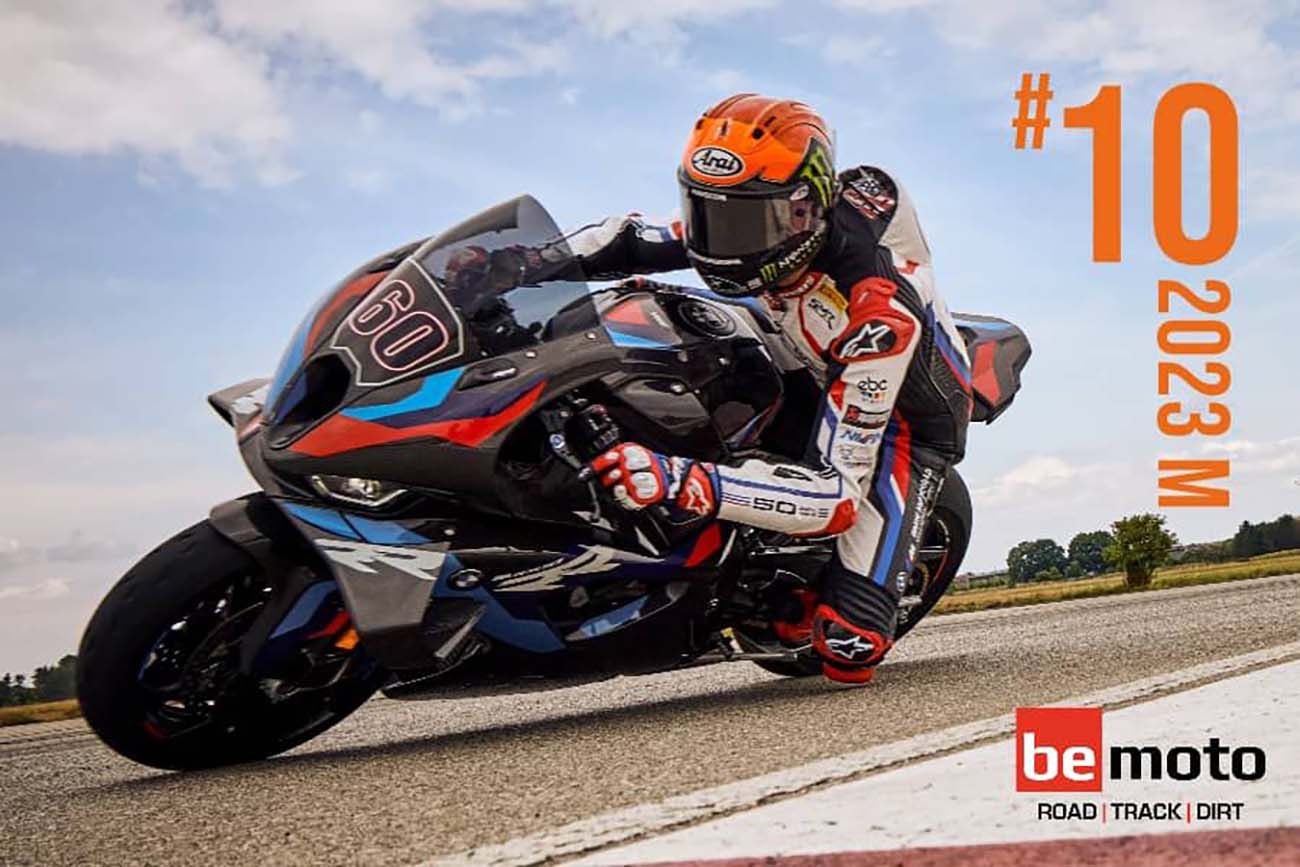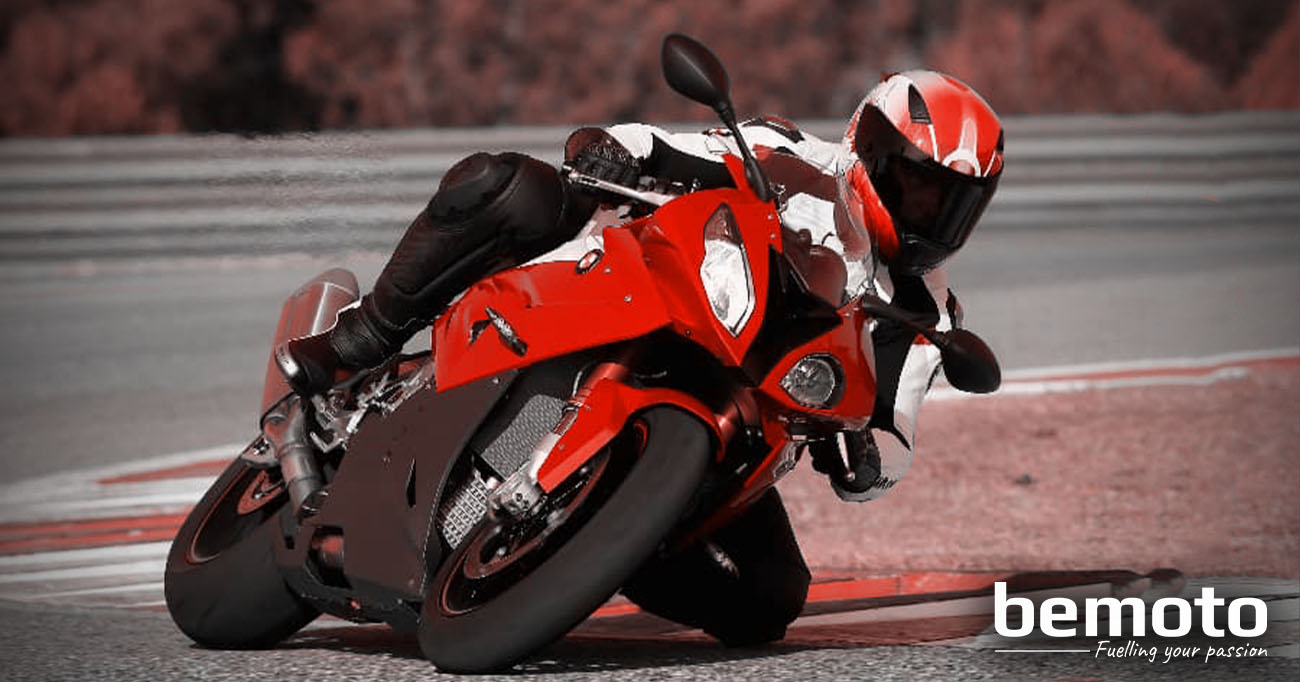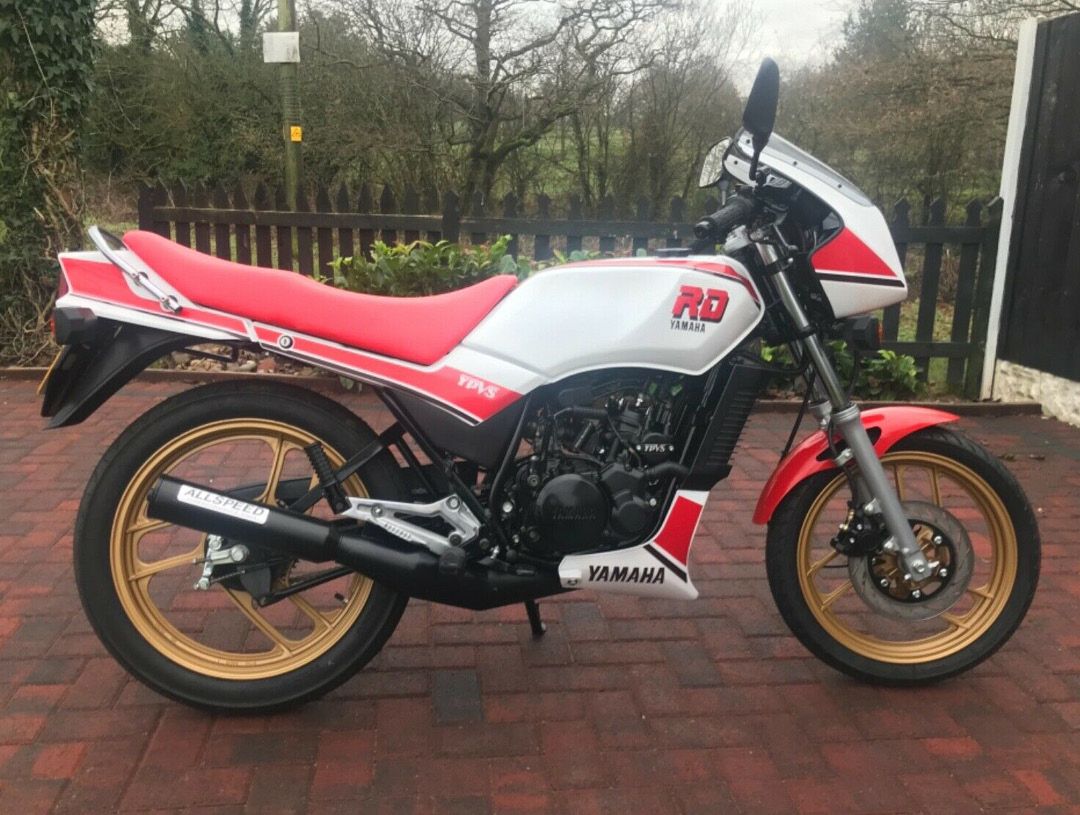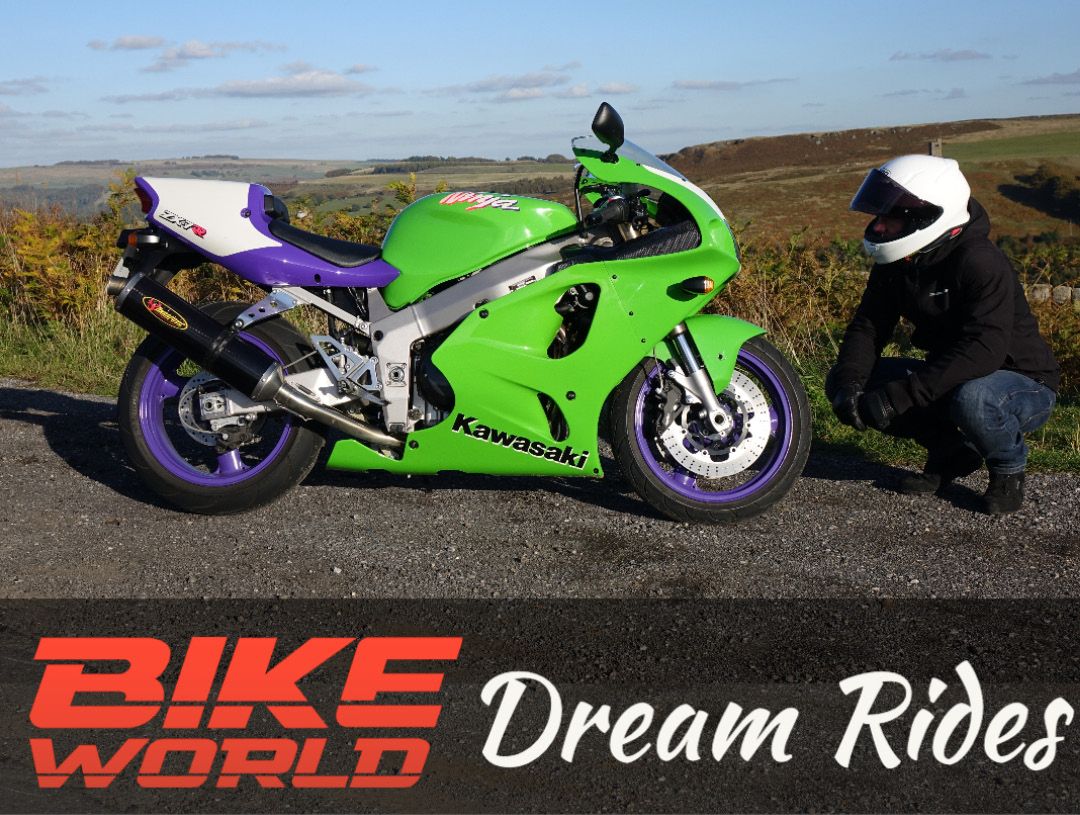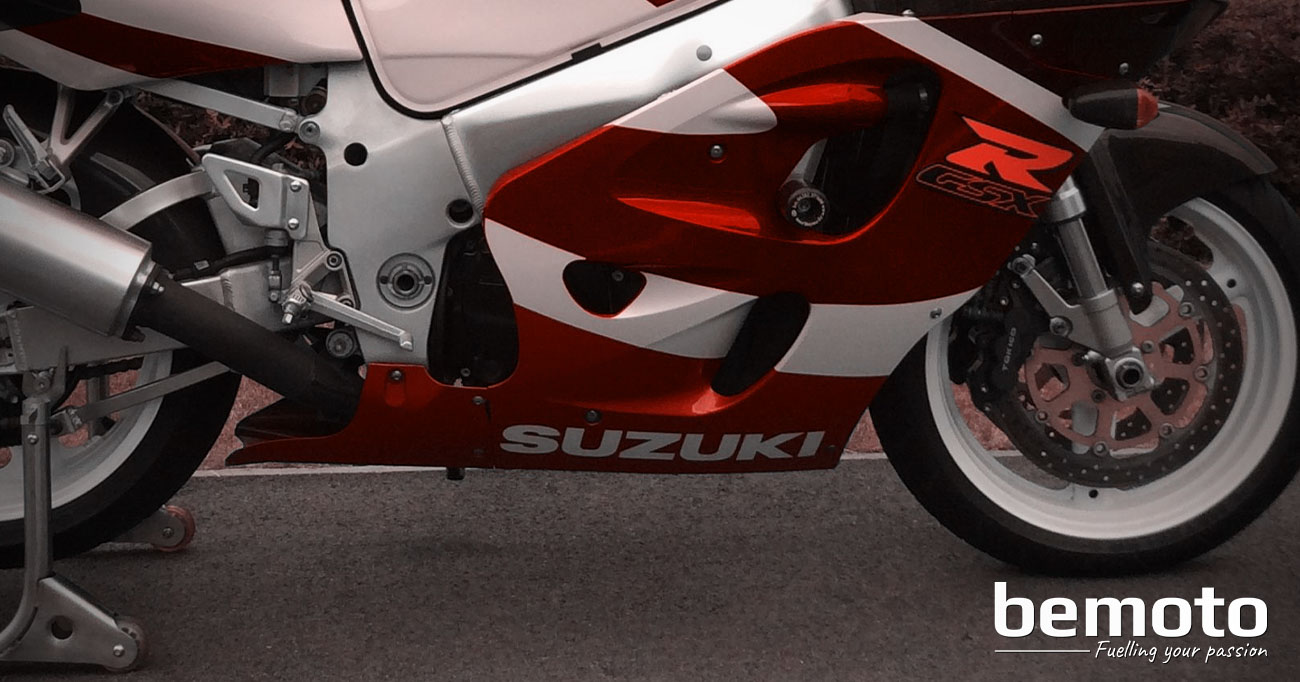BeMoto takes you Frame Spotting… In this edition we look at 15 years of the BMW S1000RR
It’s amazing to think that just 20 years ago, BMW had nothing that could properly be called a high-performance sportsbike. Before the K1200S appeared in 2004, Beemers were uniformly too fat and underpowered to hold a candle to the mainstream in terms of performance bikes. Oddities like the R1100 S and K1200 RS each gave off a sporting pretension, but wouldn’t last a lap against Japanese or Italian competitors. Even if they had more power and less mass, the insistence on features like shaft final drive and unusual engine layouts (Boxer twins, laid-down fours or triples, and the odd single) ruled them out of consideration when it comes to mainstream performance.
The 2004 K1200 S and R were the first signs of change though. New senior management had taken over, and they’d finally worked out that the huge reputation the firm had in cars and four-wheeled sport could work on two wheels as well. The K1200 super-tourer and the derived mega-naked could go toe-to-toe with the class leaders from Japan – Suzuki’s Hayabusa and the Honda Super Blackbird – in terms of sheer performance, which was a first for BMW.
Just five years after the K1200 though, BMW went one further, with a no-messing litre-class superbike. It had shown off a pre-production prototype WSBK racer in 2008, and the road bike version followed a year later, as promised. It was a very conventional design for BMW – indeed, almost a straight copy of the Japanese class leaders. It used an almost-dull twin-spar aluminium beam frame with an inline-four DOHC 16-valve water-cooled fuel-injected engine – it even had chain final drive – which was mounted across the frame instead of laid-down like the old K- models. There was a normal front end with 43mm USD forks instead of the Telelever or Duolever setups BMW often uses, and the chain drive meant a simple braced dual-sided swingarm with none of the Paralever shaft drive complexity and weight. The only wacky design came in the styling: the Bavarian designers went for a curious asymmetrical headlight setup which gave a slightly squint look to the front end.
The S1000 RR was an instant [commercial] hit…
…though it didn’t quite make the impact in WSBK or BSB that the firm hoped for.
It was well-priced at a competitive £11,490 and matched or beat the Japanese competition in terms of power and weight. It also raised the bar in terms of technology, coming with Race ABS, dynamic traction control and an optional quickshifter, all well ahead of the pack.
Over the 15 years since, the S1000 RR has continued along the same path. It’s stuck with a largely conventional design, while upgrading both the power output and chassis tech. It’s brought in even more high-tech gear, including electronic semi-active suspension and ever-tricker electronic rider aids and gizmos like cruise control, colour LCD dashboards, Bluetooth connections and more. The latest S1000 RR engine also adds BMW’s ShiftCam variable valve timing setup for even more power while meeting tough emissions regs. The system uses concentric camshaft sections, which are moved by an ECU-controlled mechanism to shift between high- and low-speed cam profiles, optimising the valve operation throughout the rev range.
BMW also used its S1000 RR as a base for a series of super-trick high-performance variants. That started with the HP4 in 2012, which was a road bike with a selection of premium electronics and chassis parts, including the first use of BMW’s DDC dynamic damping control semi-active suspension. The HP4 Race followed in 2017, as a track-only machine with carbon fibre frame and wheels, WSBK-spec engine and chassis parts, and a terrifying £68k price tag. BMW then dabbled with the ‘M’ branding used on its high performance cars, with some aftermarket ‘M’ bolt-on parts, and a factory-built ‘M’ version of the standard S1000 RR in 2019. But it went all-in in 2020, launching a completely separate M1000 RR model, with even more power, reduced weight, more trick chassis kit, and an extreme aerodynamics package that aped developments in MotoGP and WSBK.
It’s some achievement from the German firm: to get from zero to class leader in a sector it had previously ignored, in less than 15 years.
So, here’s our ultimate spotter’s guide to the BMW S1000 RR range and the different model variants, year by year.
2008 prototype race bike
This one knocked our socks off. Pics released in August 2008 showed a no-holds-barred high-end superbike, with Öhlins gas forks, Brembo race brakes, Akrapovic exhaust and full carbon bodywork. In testing livery, with plain black carbon finish, you could have mistaken it for any of the big four Japanese firms’ factory race bikes. BMW claimed it would top the competition from the off, with 190bhp and 190kg weight: 10bhp more and 10kg less than its rivals. And in the end, the road bike version came pretty close: when launched it had 193bhp, with a wet weight of 204kg. That was up against the likes of the Yamaha R1 (191bhp/203kg), the Suzuki GSX-R1000 (182bhp/209kg), Kawasaki ZX-10R (188bhp/208kg) and Honda Fireblade (175bhp/200kg). Impressive stuff.
How to spot one
You’re only likely to see one of these pre-production bikes in a BMW museum or in Marco Melandri’s lockup. It’s easily spotted thanks to the Öhlins FGR forks, full carbon race bodywork and WSBK-spec Brembo brakes.
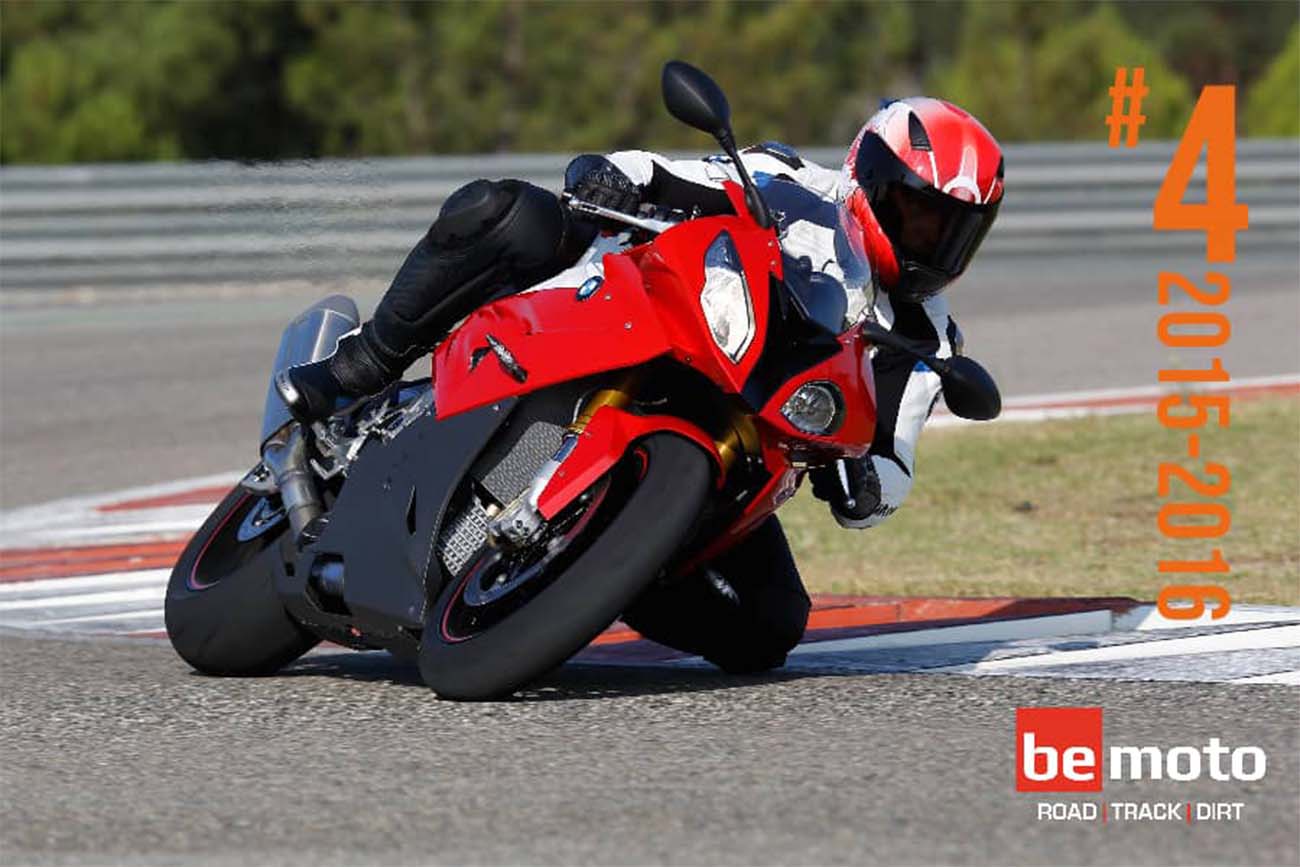
#1: BMW S1000RR (2010-11)
The original, genuine, very first generation S1000 RR, unveiled at the Monza round of WSBK in May 2009, and (as an aside) it has to be a future classic we reckon. It was much cheaper than a Ducati Panigale 1198 S Panigale yet had the cachet of the premium German marque, and could match the best from Japan in pure performance. The design was, perhaps surprisingly, quite conservative – BMW engineers had been seen testing all the Japanese superbikes during development, and that shows in the basic design. Rather than reinvent the standard litre superbike, BMW saw sense, and simply made its own very good version of one, with an inline-four 16v DOHC l/c engine, aluminium beam frame, dual-sided swingarm and premium running gear. Add in some trick electronics, purposeful styling and you had a solid option for even the most demanding superbike fans.
How to spot one
Colourways were the rather unloved green/yellow and the white/red/blue motorsports livery. Look for the old-school headlights, with one round and one angular pentagonal lamp, and the shark gill vents on the right hand side. 2011 saw a new grey colour option.
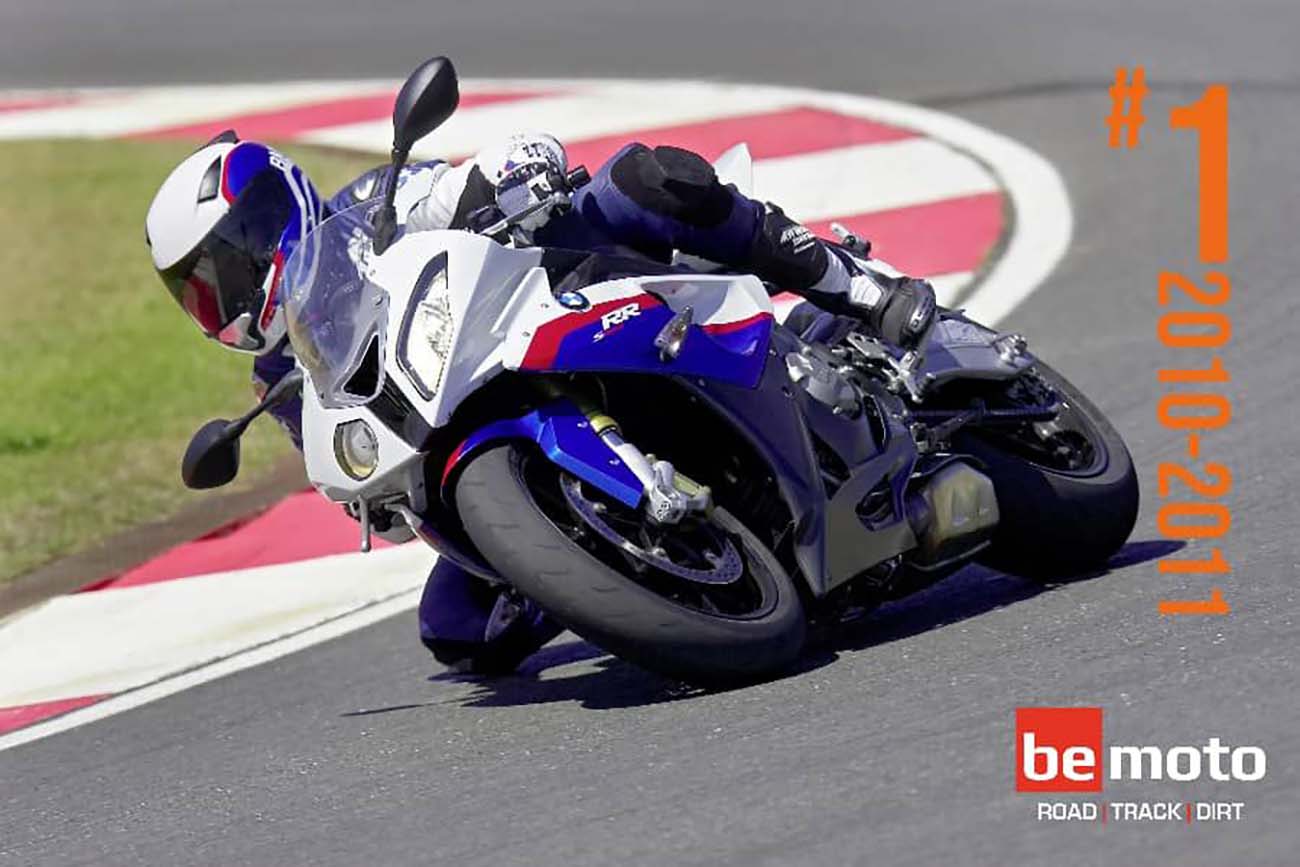
#2: BMW S1000RR (2012-2014)
Just two years in, and we get a moderately serious update, with a new frame, and a series of tweaks to the chassis, with shorter wheelbase, different steering head angle and rear shock, plus a new steering damper. There are electronic updates, with three riding modes – rain/sport/race – and more functions on the dash. No more peak power, but stronger midrange.
How to spot one
New colours – black, blue or red, as well as Motorsport livery. Look for the subtle new aerodynamic winglets on both sides of the belly pan, steering damper, and three riding modes.
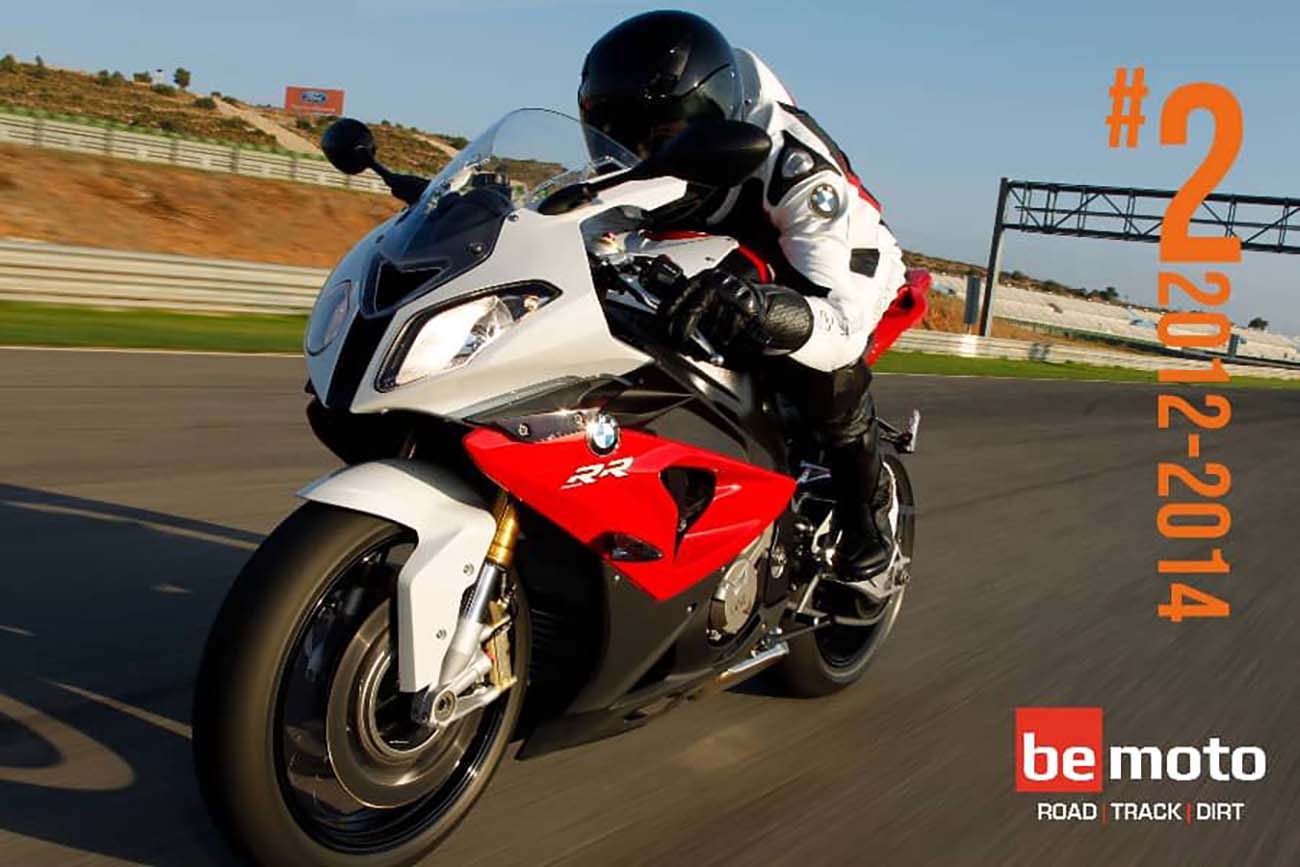
#3: BMW S1000RR HP4 (2013)
The first of the special High Performance versions of the S1000 RR, the HP4 was a bit of a test programme for a series of updates which would appear on the stock bike later on. Costing around £4k more than stock, at £17k, it added lightweight forged wheels, a 4kg lighter titanium Akrapovic exhaust and lithium battery, all to cut mass, while semi-active electronic DDC suspension, an electronic launch control system and Brembo monobloc front callipers upped the trickness ratio massively. Power output was the same at 193bhp, but it weighed just 199kg wet.
How to spot one
Comes in blue/white paint only, and the DDC electronic suspension, wheels, exhaust and battery are all strong identifiers.
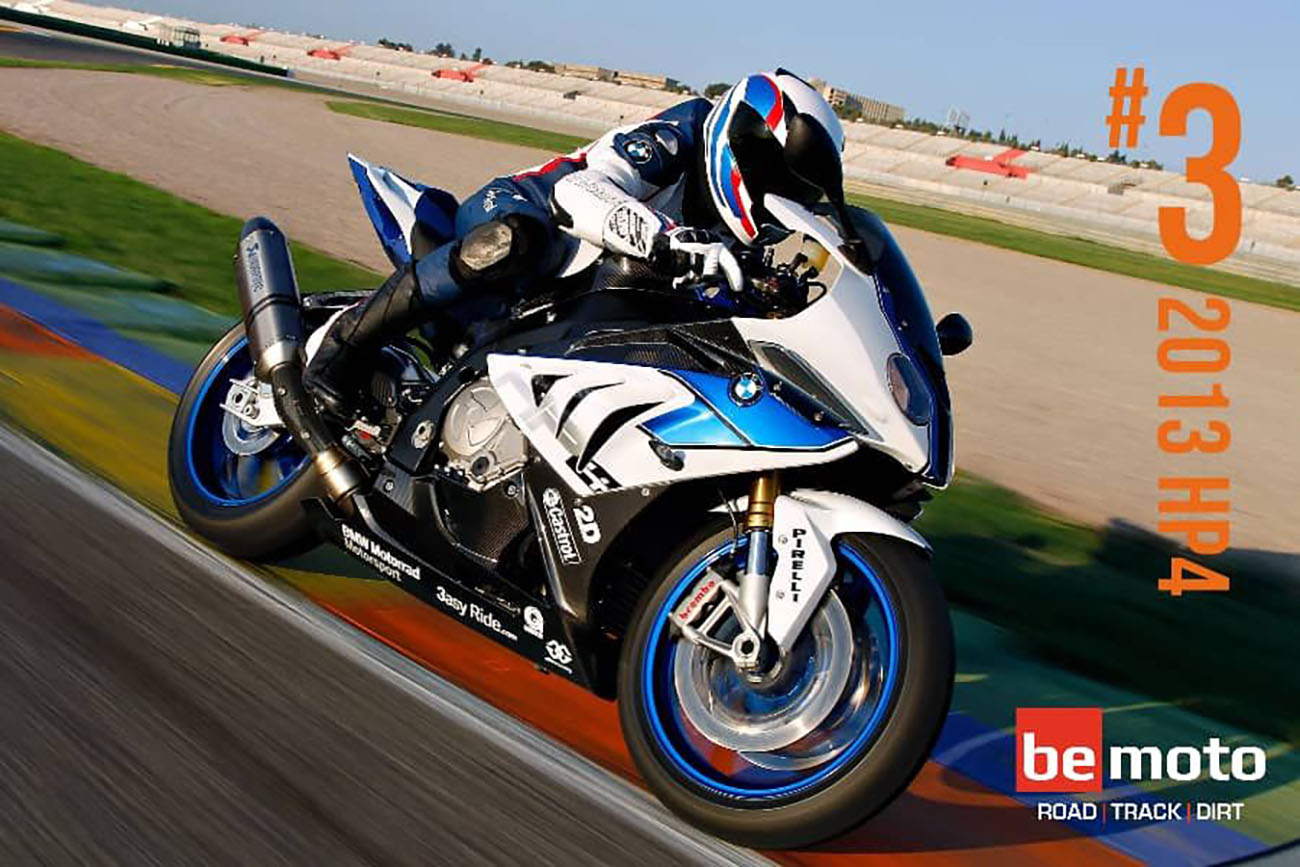
#4: BMW S1000RR (2015-2016)
A major update to the engine, adding 6bhp, now up to 199bhp peak output, thanks to a top-end revamp to the head, exhaust and intake. DDC semi-active suspension off the HP4 now available as an option. Ride-by-wire fuel injection appears for the first time.
How to spot one
New fairing, with updated headlights: still asymmetrical but not as mad. Gearchange linkage with quickshifter switch integrated is vertical rather than going back through the frame.
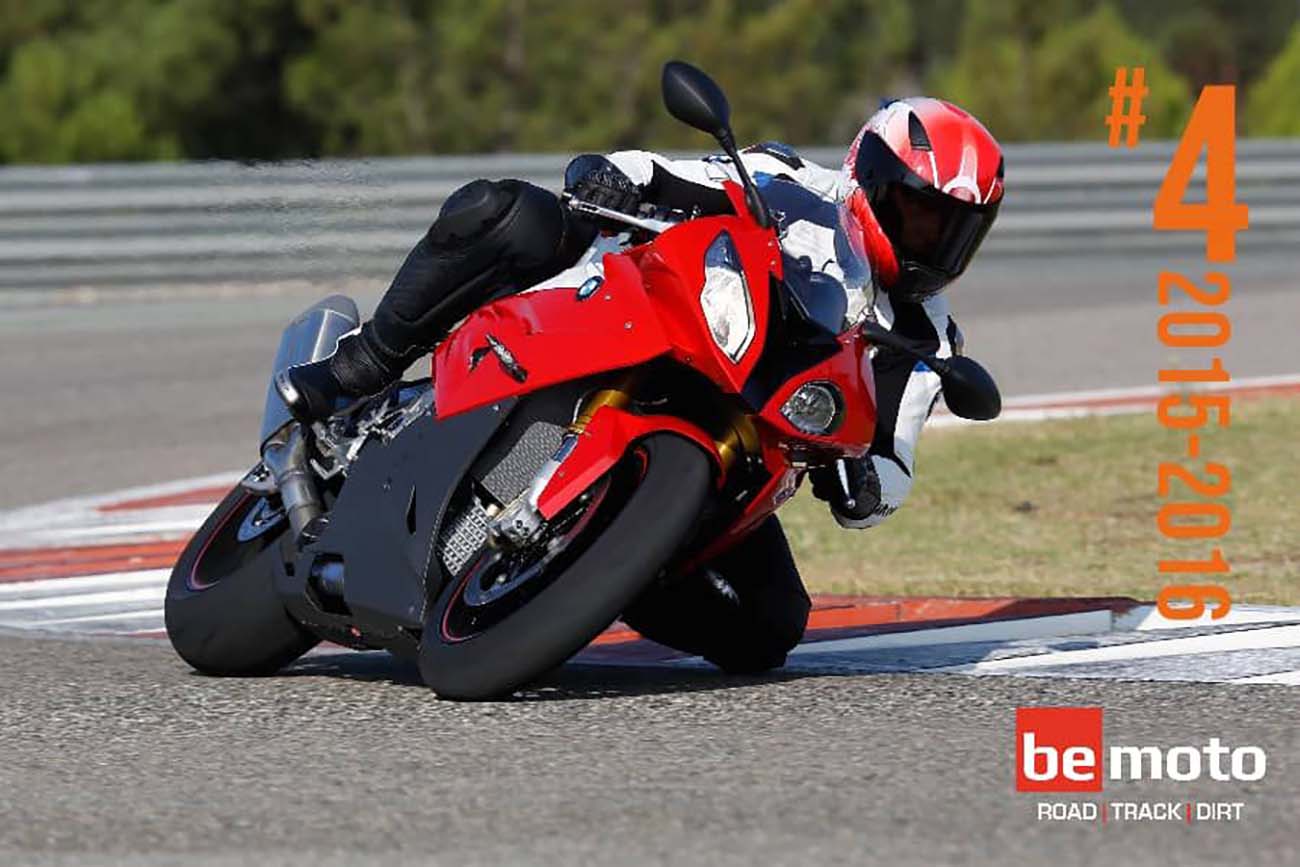
#5: BMW S1000RR HP4 RACE (2017)
We love that BMW actually made this thing, and sold it… It’s basically a balls-out race replica, which was actually more posh than what was allowed in WSBK or BSB. That was mostly down to the carbon fibre frame and wheels, which were banned in racing (the wheels still are in most classes), and the wild price tag – £68,000 (the price limit on a WSBK bike is around £35k).
For that cash you got a 215bhp hand-built race motor with a mixed World Superbike/World Endurance tune, Pankl rods, higher compression ratio and an extra 300rpm on the rev limiter, now up to 14,500rpm. It’s a factory blueprinted affair, with weight-matched rods, pistons, gudgeon pins, and individually-selected bearing shells, assembled by the best techs at BMW Motorrad. The running gear was sublime: Öhlins FGR300 gas forks, Brembo GP4-PR nickel-plated callipers, 2D racing dashboard, and a WSBK-spec rear swingarm made by Suter. It’s the weight that knocks you down though: thanks to the carbon frame and wheels, plus the lack of road parts, it weighs just 146kg dry. Only 750 were made, and they all went to very well-heeled collectors. BMW probably made a loss on each one: take off VAT and the RRP on parts like the forks, shock, brakes, dashboard and swingarm would leave very little to pay for the carbon wheels, bodywork, factory motor, etc…
How to spot one
You’ll not miss the BMW HP4 Race to be honest: the forks, brakes, paint, exhaust, swingarm, carbon frame, fairing and wheels are all fairly big clues. And that’s before you get to the price tag. If you see one on FB marketplace for £5k it’s probably not real.
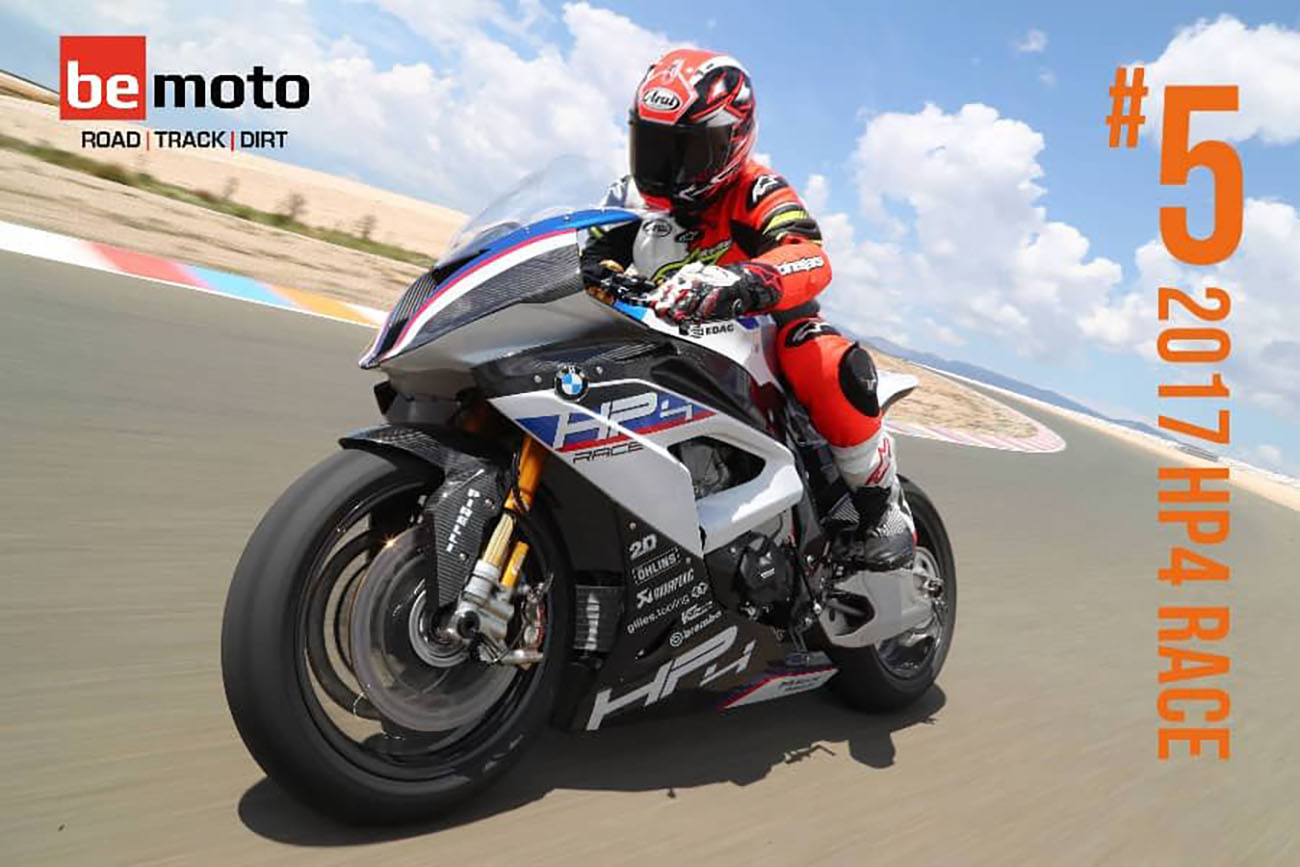
#6: BMW S1000RR (2017-2018)
The last of the old-school bikes with the asymmetrical lights, the 2017 bike saw an engine retune to meet Euro-4 emissions rules, but no other changes.
How to spot one
Red/black paint option
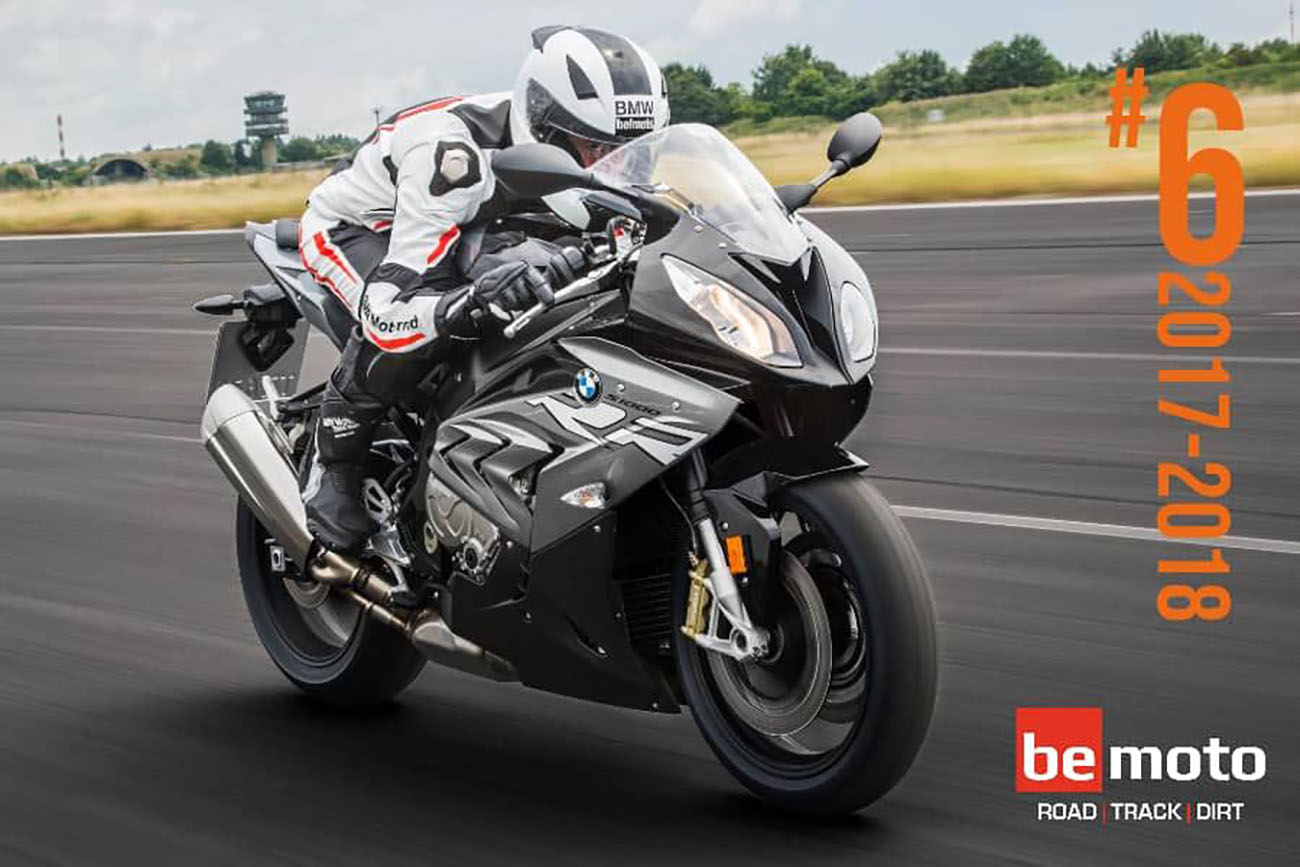
#7: BMW S1000RR (2019-2021)
A big change for the 2019 BMW S1000RR, and finally we got a symmetrical face on the RR. New bodywork saw neater LED headlights – but the big changes were under the plastic. The RR got an all-new ShiftCam variable valve timing engine, weighing 4kg less and making 8bhp more, up to 207bhp, while a new Flex Frame design saw a totally revised main frame with controlled flex for better handling. It was a totally new bike, with all the best kit BMW can provide: six-axis IMU-assisted electronic riding aids, new rear suspension design, electronic semi-active forks and shock, launch control, wheelie control, full colour LCD dash option, and much more. The only potential downgrade is the brakes: BMW dumped Brembo for the little-known US manufacturer Hayes this year, and while the brakes are great, they did lose a little cachet. After all, you don’t see Hayes logos on MotoGP or WSBK brake callipers. BMW also added a range of M-Performance upgrade parts and factory options, including forged and carbon wheels, carbon bodywork, rearsets, frame mods, and more.
How to spot one
First use of the new bodywork and headlights, visible bronze rear subframe, BMW-badged Hayes front brake callipers, colour LCD dash.
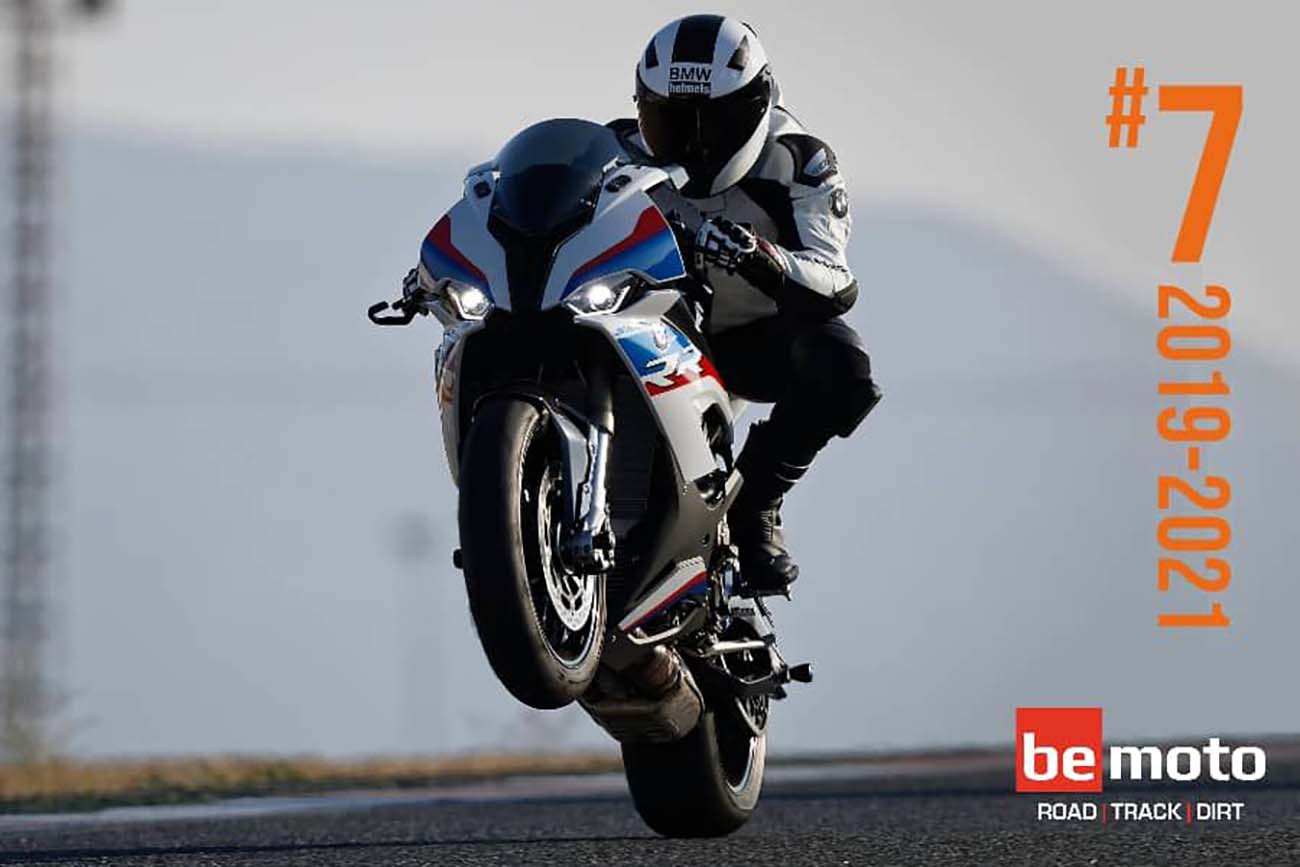
#8: BMW M1000RR (2021-2022)
COVID-lashed 2021 was not at all a good time to launch a new track-focused superbike you’d think – though sales figures for the year were actually quite decent. But that was the year when BMW went all-in on its M-brand on two wheels, with a completely separate line of bikes (there’s also a naked M1000 R and an M1000 XR super-adventure tourer now). The M1000 RR is a homologation special for WSBK, BSB and TT racing, as well as a premium flagship sportster for the firm.
The S1000 ShiftCam engine was overhauled with two-ring Mahle race pistons, titanium Pankl con rods, lighter rocker arms and more, all to allow an extra 500rpm on the redline, now up to 15,100rpm. Peak power is up to 212bhp at 14,500rpm. The chassis sees new M-type brake callipers, M carbon wheels, revised suspension, lighter swingarm, M Endurance chain, and you also get all the electronics you can eat: six-axis IMU, launch control, wheelie control, three race riding modes, and up/down shifter. Kerb weight is just 192kg fuelled.
The bodywork featured radical new aerodynamic winglets for the first time, which dominated the front fairing on the M1000 RR, and gave a total of 16.3kg of downforce at 300km/h.
How to spot one
Look for the blue M brakes, the aerodynamic wings, and the special M animation on the LCD dash on startup.
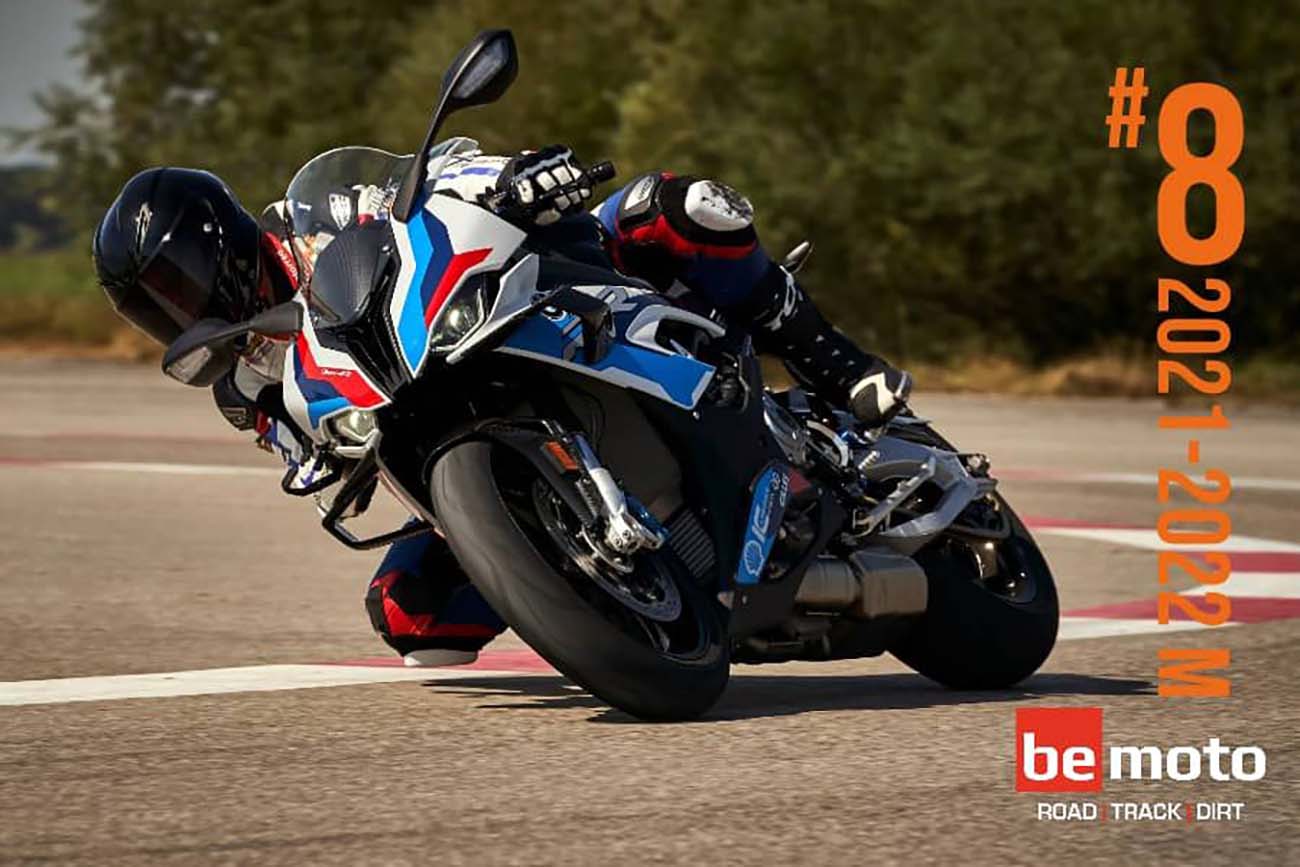
#9: BMW S1000RR (2022-2023)
For 2022, BMW gave the S1000 RR the aerodynamic wings of the 2020 M1000 RR, and added more electronic aids: traction control with slide control, ABS brake slide control, and an M lithium battery. Power is up 3bhp to 210bhp peak, and it came with the M Chassis package swingarm pivot adjustment as stock.
How to spot one
Look for the wings! If they’re genuine original BMW parts, it’s a 2022 bike. Also look for slide control settings in the dash menus.
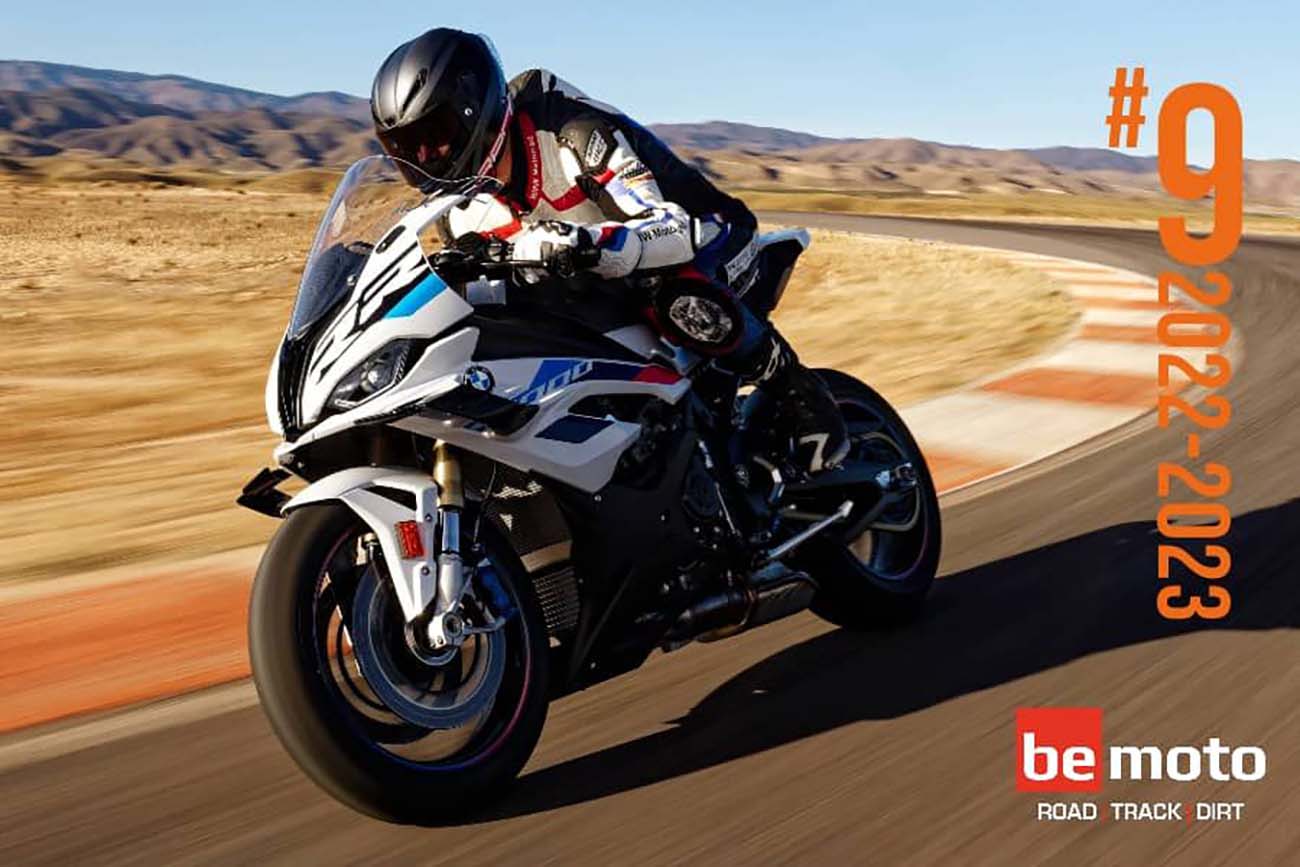
#10: BMW M1000RR (2023)
The latest M1000 RR sees even more extreme aerodynamic wings on the top fairing, new M front wheel cover, M brake cooling ducts and new carbon fairing parts. There’s also a new Competition version, that adds GPS laptimer, M-package milled parts and carbon parts, 220g lighter swingarm and Endurance chain.
How to spot one
Look for the bigger carbon wings, front wheel covers and brake ducts.
